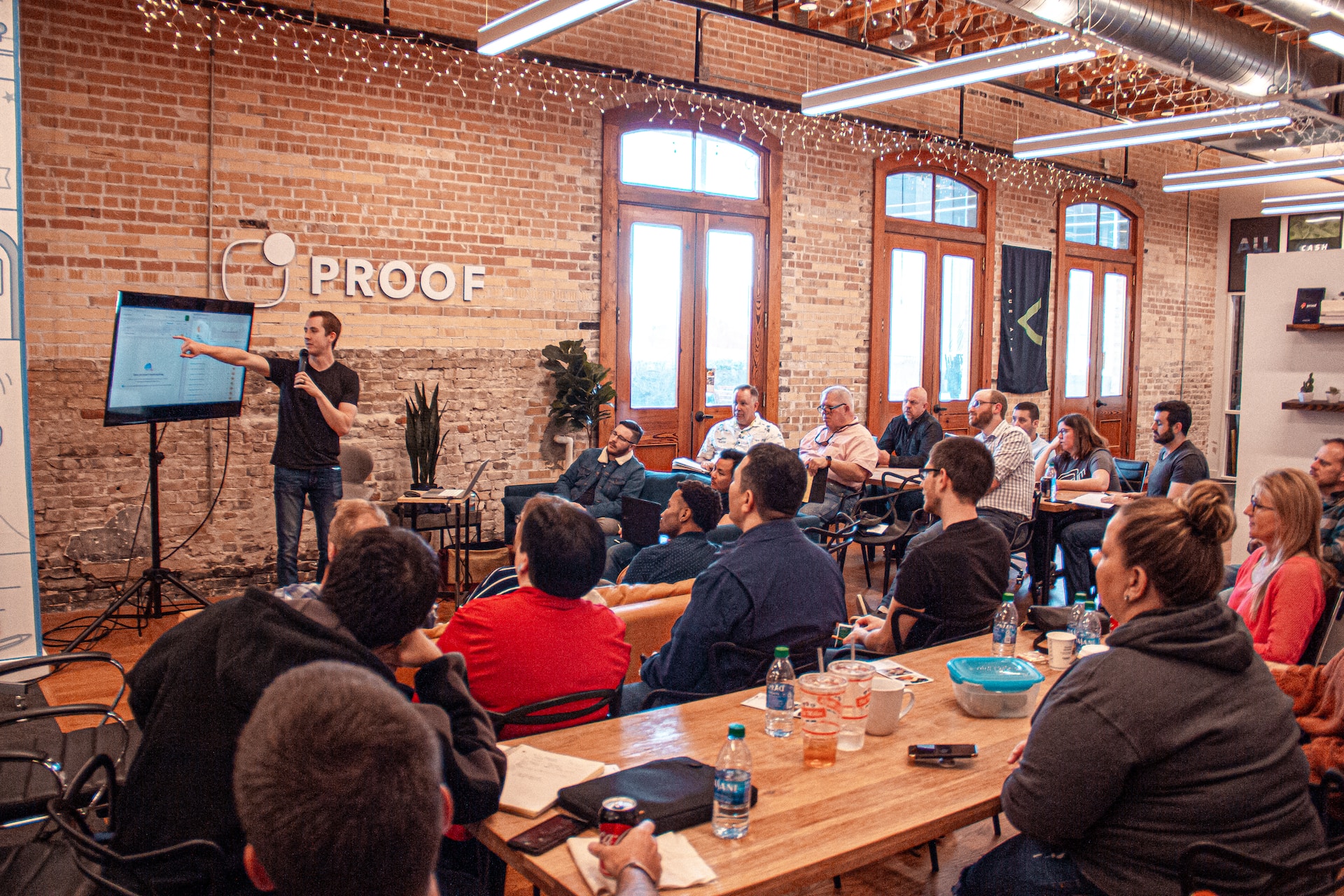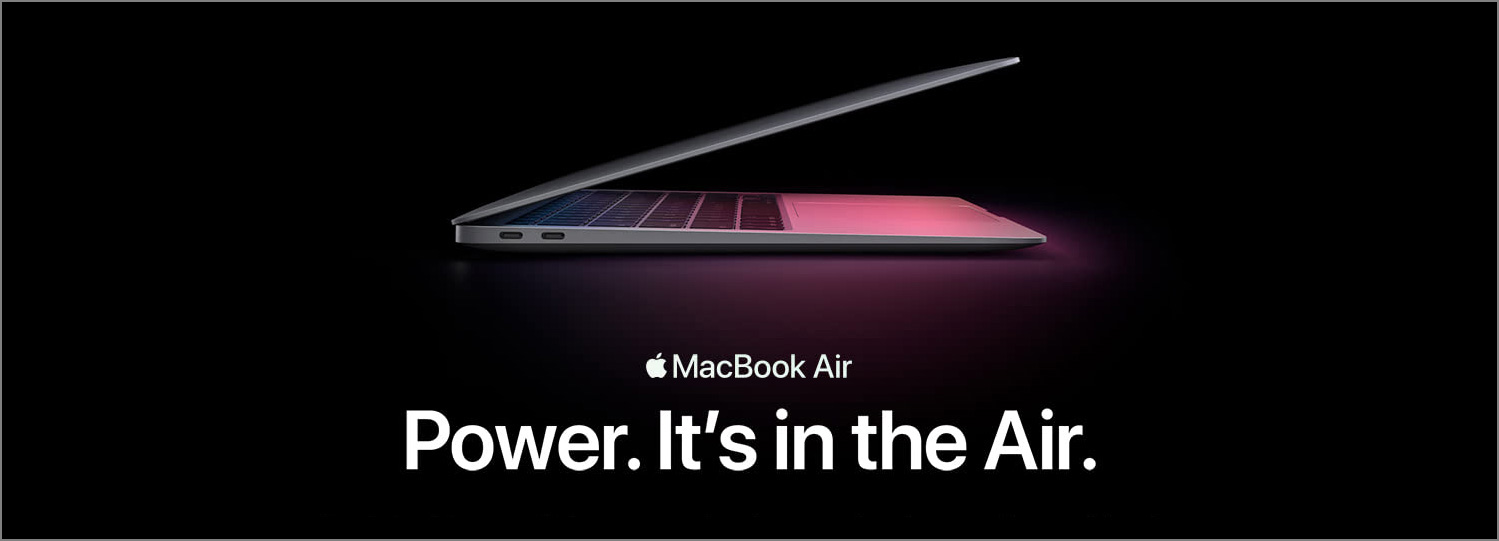
With products or services created by design-led companies such as iPhone and AirBnB gaining recognition, product teams nowadays are more aware of the existence of design, and yet many still think of it as something that is of lower priority than engineering or product management.
To non-designers, this seems justified. Without the technical knowhow and implementation from engineers, or the planning and execution from the PM, a product will be non-existent. On the other hand, without the participation of designers, a team can still have a working product, though it may be ugly or not user-friendly. Isn’t that true?
The reality is, great product experience is rarely attainable without the involvement of design at a more strategic level. Using design as a fix of ugly interfaces is only a superficial solution to UX problems. There were so many cutting-edge technologies in this world that were amazing engineering feats but only did so-so or even failed miserably in the market.
More often than not, stakeholders still lack understanding in user-centered design. Because of this, we as designers often find that we don’t have a voice, that we’re the last to be informed of a new feature to be working on, and that we are the first within the team to get laid off when times are tough.
This needs to change. We need to proactively evangelize UX, but how can we do it in a way that allows the value proposition of design to shine through? Based on my experience, I’ve found that competitor analysis and data-driven design can serve as our powerful tool.
Competitor Analysis
Even if team members aren’t open-minded or receptive of user-centered design, they still tend to pay attention to what competitors are doing. After all, it’s our survival instinct: If a competitor is offering a better product or service, we’d better catch up or else our product will lose in the market. This motivation provides an excellent opportunity for us to educate the team about the importance of good design.
Do an audit of the good UX in competitive products, then analyze the findings and explain to stakeholders about how other companies accomplished that through design. Competitor analysis doesn’t mean looking at similar products at the surface level and tell your team to copy what exists in those products. It’s about showing how good designs have created values and more importantly, digging deeper into the reason behind their good UX.
Let’s say stakeholders really love a feature that was recently added to Company A’s product that greatly increases the user efficiency for a particular task. We may ask the stakeholders to think about the reason that prompted them to add that feature in the first place. They may provide all sorts of answers, but we know that good product decisions take into consideration the users, so we can then provide a possible scenario that’s based on the user-centered design process: Maybe it was because of an observation that came out of a user test. Or maybe Company A has conducted extensive user research during the discovery phase of their product, and an insight from research led to the creation of that feature.
By showing examples from competitors about how good designs manifested themselves in not just visuals, but also interactions and the overall value proposition, and how they’re achieved through intense focus on users, our team’s understanding of design will deepen, and stakeholders will be more motivated to properly integrate design into the project.
Data-Driven Design
Designing with data has become quite common in big tech companies. While it has limitations that we should be aware of, when it comes to evangelizing UX, it can be pretty effective.
People often associate business and engineering with numbers and logical thinking, whereas design is often seen as a more vague and artsy discipline. Because data-driven design quantifies design into data, mostly numbers, business people or engineers will feel more affinity for this approach than simply being asked to look at beautiful mockups.
With strong data-driven case studies as support, we can show stakeholders in a compelling way how the impact of designs can be measured using important business metrics such as click-through rate, conversion rate and user dwell time, and how changes in design can deliver gains in these metrics or cause them to drop. Also, since data-driven design requires us to base our design decisions on metrics, we can leverage this to demonstrate the rational side of the design process.
If the team we’re in is not yet UX mature, the examples on data-driven design we can talk about probably won’t come from the team’s product. Therefore, look for strong case studies from your previous design work or design work of other companies’.
Visibility
Besides competitor analysis and data-driven design, to evangelize UX, we also need to actively promote our work. Don’t just keep our head down working and hope that other members in the team will automatically see our value. We spend valuable time and energy making thoughtful design decisions, so don’t wait until everything is done to show the team the final mockups. Whenever we’ve made conscious design choices to make the user or the business better off, show them to the team. We don’t have to set up a meeting for this, just posting them on the team’s slack channels will be enough. When big and small improvements add up to form much a more pleasant UX, our contributions as designers cannot be denied.
Final Thoughts
UX evangelization is a journey that could take weeks or months if not years. Because of the incomplete notion that non-designers have about design, this process can be difficult. So when we are able to take that first step to schedule a meeting with the team to talk about good UX in competitive products or data-driven design, think of it as a win and give ourselves a pat at the back. These two topics should help enlighten the team. Once the door is open, we can proceed to other topics such as design thinking and human psychology. By consistently highlighting the value of design, we’ll be able to create more space for us to do our best work.

